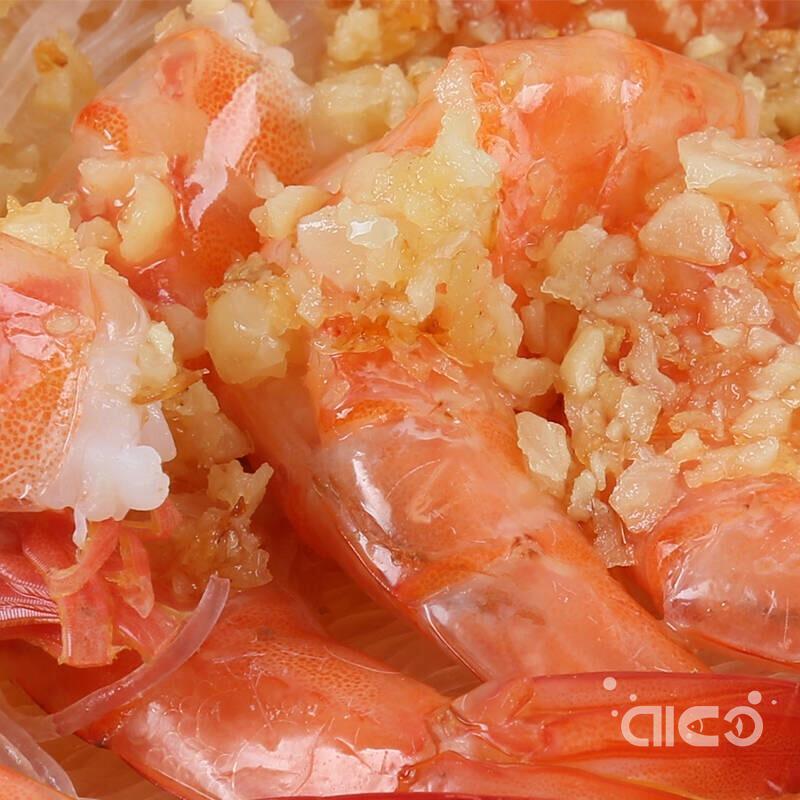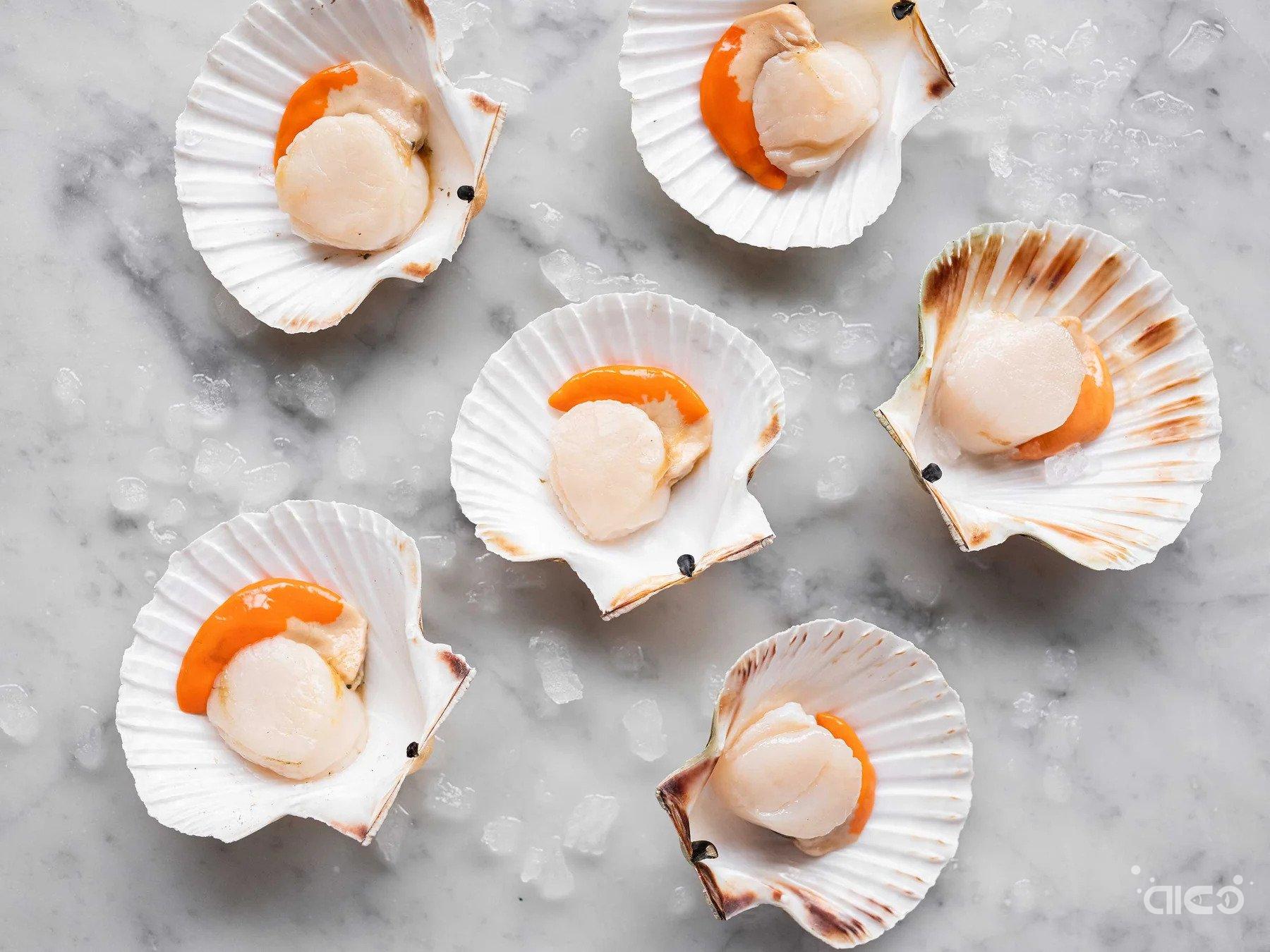Four Major Seafood Schools- Fresh, Chilled, Frozen, Dry
In a narrow sense, only fresh seafood can be called seafood. Seafood has relatively high requirements for long-term preservation and long-distance transportation. In order to keep seafood fresh, people tried all kinds of ways, as for the effect of preservation is not the same. In the same way, we will briefly introduce the common ways of seafood preservation.
The main processing methods are as follows: fresh, chilled, frozen and dry. Frozen is also divided into sea frozen and land frozen according to the processing location.
1. FRESH
Fresh seafood means that seafood is still alive after it is caught.
Many people believe that live seafood is the best because it is the freshest. If you are near a fishing port, it is reasonable to ask for live seafood.
Generally speaking, live seafood can maximize the taste and nutrition, suitable for shrimp, crab and shellfish, etc. Because live seafood has high requirements on transportation and storage, it requires huge cost input, and the price in the seafood market is at the high level.
Therefore, the best way to eat fresh seafood is in the coastal areas. Otherwise even if the survival of seafood can be guaranteed during transportation, the actual taste is much inferior to seafood processed in other ways.
2. CHILLED
Seafood is covered with crushed ice layer by layer after landing in a short period of time. This refrigerator method of seafood is called chilled.
When we buy fish in the supermarket, some aquatic products were placed on the ice piles, which are chilled. This preservation method is suitable for seafood that has a short distance for transportation. The time for chilled fish to leave the water is short. Citizens also tend to think that chilled seafood is more fresh and the market price is higher than the frozen fish.
Chilled food is at the critical point of freezing point. The meat remains soft, and the low temperature can prevent the reproduction of bacteria. The taste and nutrition are preserved to the greatest extent.
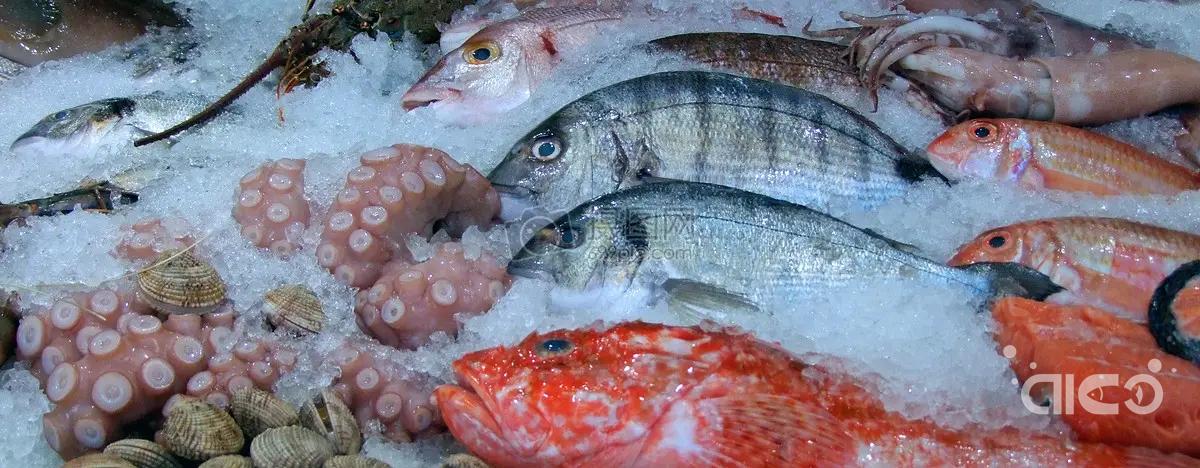
3. FROZEN
Frozen means that seafood is stored below -18°C after quick freeze.
Frozen seafood is generally by quick-freezing, that is, using modern freezing technology to reduce the temperature of seafood to a certain temperature below its freezing point in the shortest time possible, so that the water is completely solidified and prevent the quality change caused by liquidity, to ensure the nutrition and quality of seafood.

According to different quality and characteristics of seafood, frozen seafood is divided into raw frozen, frozen after cooked and frozen after blanching .
3-1. Raw-frozen
The advantages of raw frozen seafood are that it can be prepared in a variety of ways. It is raw and has more cooking possibilities. However, the weight at the time of purchase usually contains moisture and takes longer to cook.
3-2. Frozen after cooked
Frozen after cooked seafood is boiled in salt water and then frozen. Its advantages are good preservation, common, can be imported whole one, easy to maintain the appearance of integrity, fresh meat quality, short cooking time. Frozen after cooked is one of the most common and stable seafood processing methods.
3-3. Frozen after blanching
The caught seafood (crustacean seafood) is blanched in sea water, that is, "half-cooked", and then quick freeze at low temperature without ice! Frozen after blanching seafood include lobster, mussels, emerald snails, etc.
4. DRY
Dry seafood, as the name suggests, are made into dried seafood for easy preservation.
Dry seafood are easier to store and transport than live, chilled, and frozen. In the past, transportation was inconvenient, and seafood entering the inland was mainly dry goods, like dried cuttlefish, dried squid, dried abalone, and dried scallops.
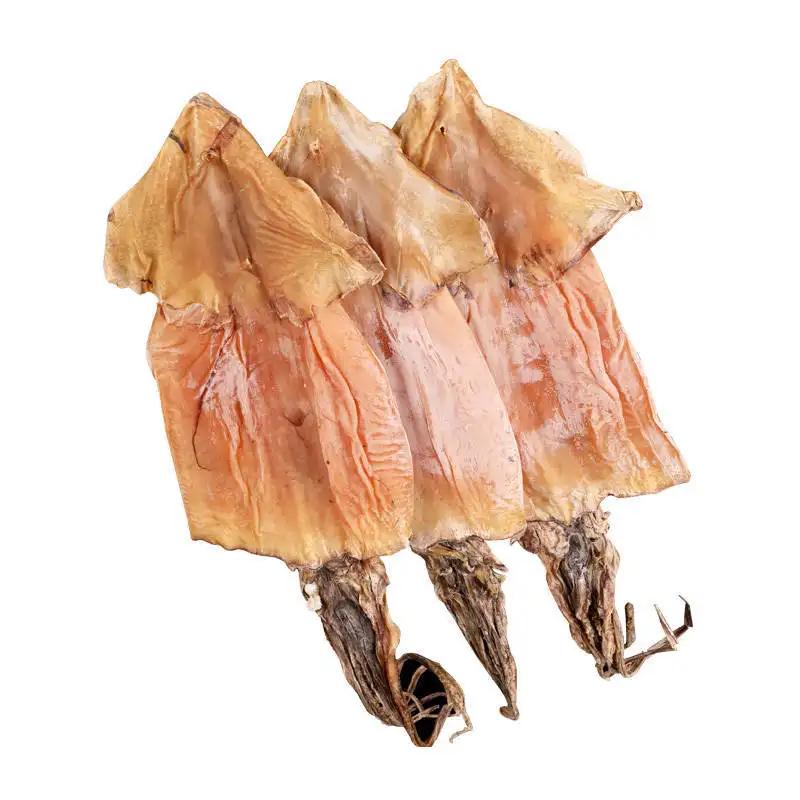
Sea-frozen and land-frozen refer to the freezing operation that is carried out immediately after the seafood is caught and landed, which is the difference in the processing location.
5. Sea-frozen
After seafood is caught, it is processed directly on board, which is called sea-frozen. This process includes cleaning, gutted and quick freeze. Quick freeze on board ensures the quality of seafood to the greatest extent. After thawing, it has fresh taste and full nutrition.

6. Land-frozen
Land-frozen means that after the fishing boat docks, the seafood is delivered to the plant then being processed. As the fishing boats come back and forth every day, even for several days, seafood may die and rot during this period.
Preserving Frozen Seafood and Thawing
If the temperature of frozen seafood is always controlled at -18 ℃, the nutritional loss is relatively small, the preservation time is also longer, and the taste is basically unaffected.
After taking the frozen seafood out of the freezer, place it in the refrigerator (0-3°C) to thaw, which usually takes 24-36 hours. It is recommended to take out the ingredients one day in advance, and it will be almost thawed when you wake up the next morning (The exact thawing time also depends on the size of ingredients).
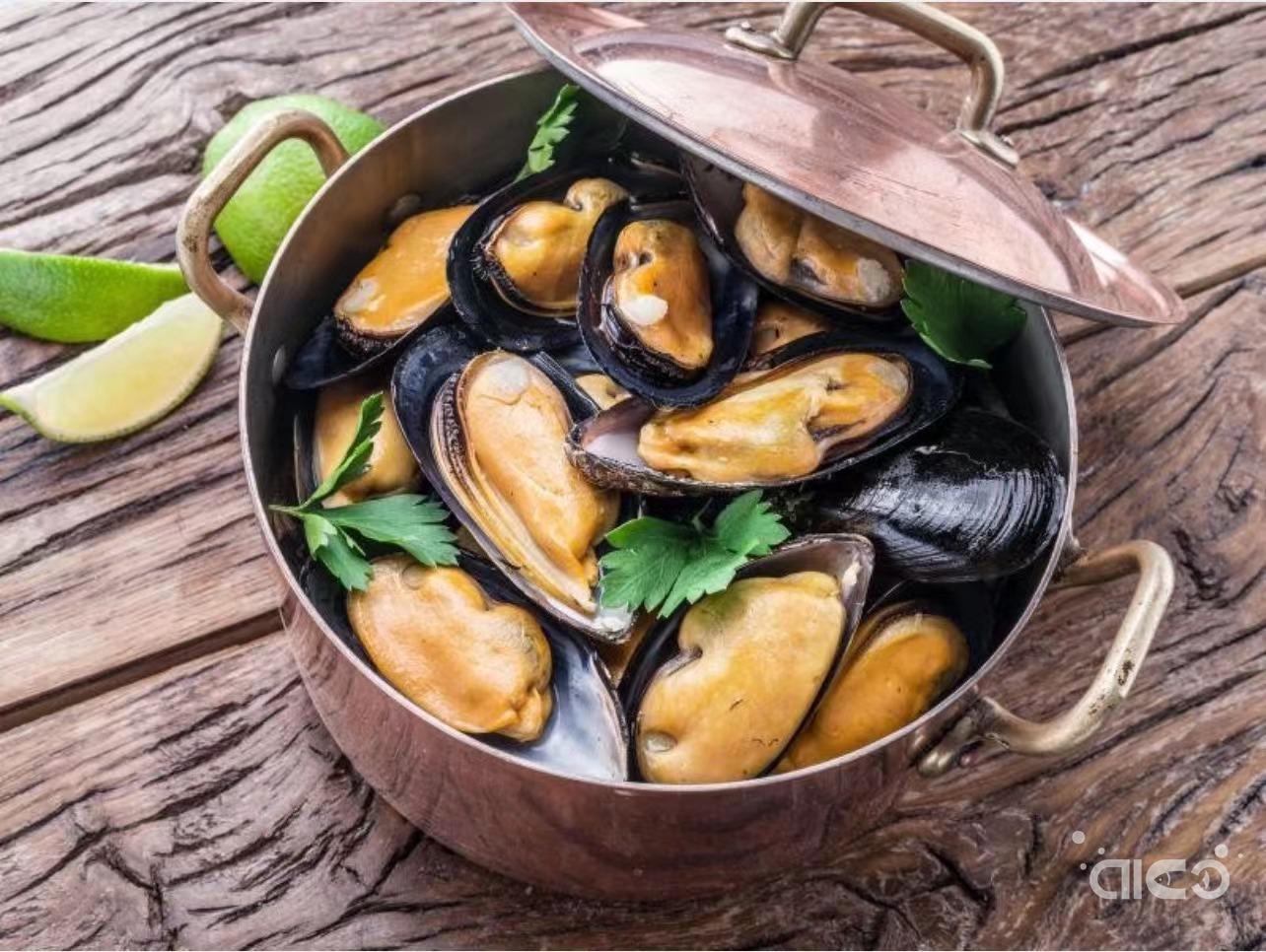
When defrosting, place the ingredients in a drainable utensil to prevent the melted water from pooling and soaking the ingredients, which will affect the quality. The refrigerator used to defrost should not put too many things, and the cold air needs enough circulation space to ensure food safety.




